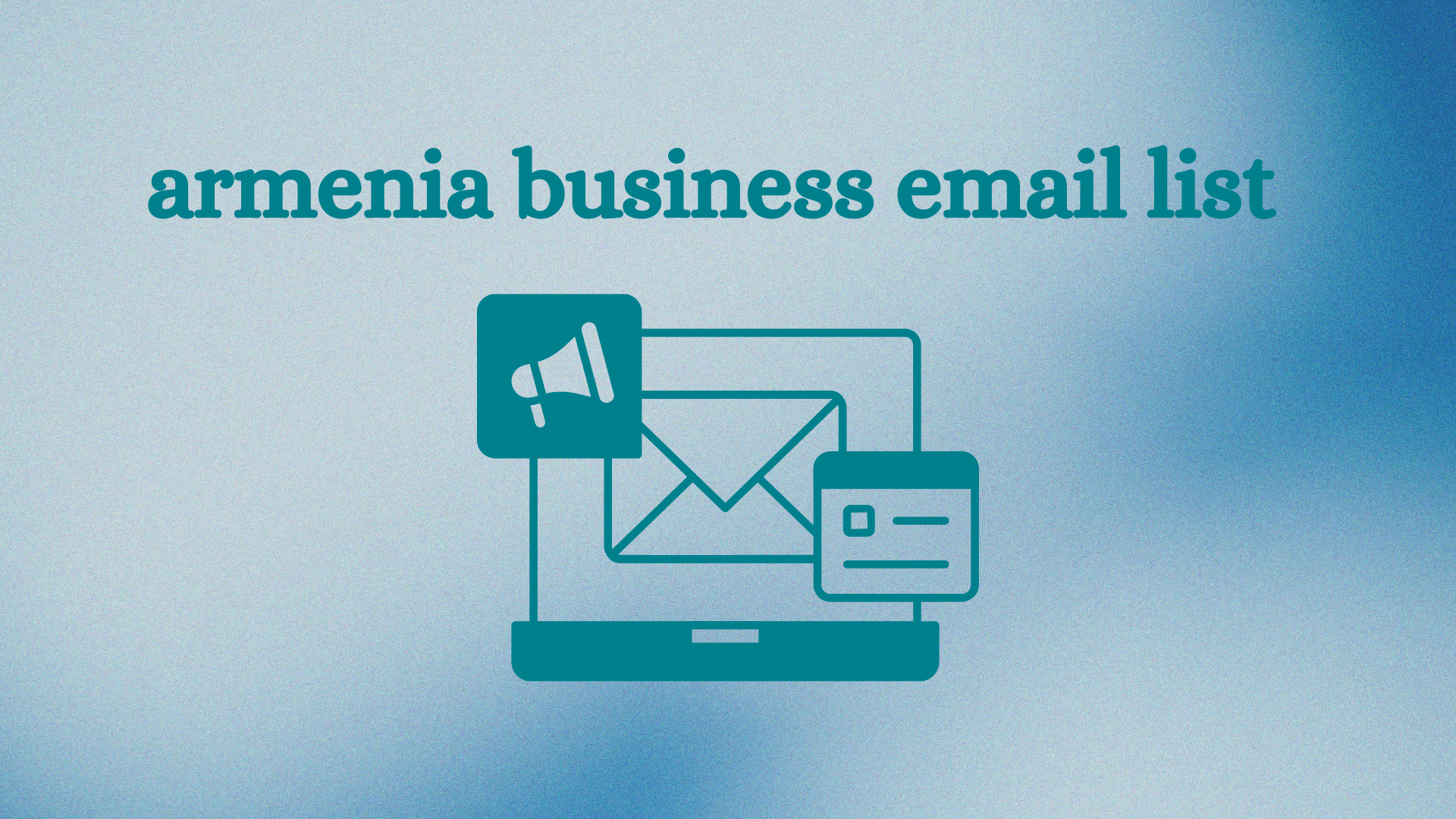Marketing Automation: Optimizing processes and results
Marketing automation is essential to the success of any inbound marketing strategy. Tools like HubSpot, RD Station, and ActiveCampaign allow you to automate repetitive tasks, such as sending targeted emails, following up on leads, and personalizing customer interactions. This allows marketing teams to be more efficient and focused on strategic activities.
According to a survey conducted by Email Monday, 51% of companies already use marketing automation, and another 58% plan to adopt this practice in the coming years. This demonstrates the impact of this technology on the ability to attract and nurture leads effectively.
Segmentation and personalization
One of the great advantages of marketing automation is the ability to precisely segment your audience, creating personalized campaigns for different customer profiles. This increases the chance of engagement and improves conversion rates.
SEO Tools: Increasing Organic Visibility
Search engine optimization (SEO) tools are essential to ensure that the content you produce is found by the right audience. Without a well-defined SEO strategy, the chances of being noticed by search engines are significantly reduced. Google Search Console, SEMrush and Ahrefs are some of the most popular platforms in this regard.
A study by BrightEdge shows that 53% of website traffic comes from organic searches. This means that a well-executed SEO strategy can be the main source of attracting visitors to your website, significantly increasing the chances of conversion.
Keywords and competitor analysis
SEO tools allow you to identify the most relevant keywords for your business and perform a detailed analysis of your competitors. This allows you to not only optimize your website content, but also monitor your competitors’ performance and adjust your strategy in real time.
CRM: Efficient lead and customer management
Customer Relationship Management (CRM) is another essential tool for any Inbound Marketing strategy. Software such as Salesforce, Pipedrive and Zoho CRM help manage and track the entire customer lifecycle, from the moment they become a lead to the post-sale period. A good CRM allows the sales team to have a clear view of the history of interactions with the customer, which makes it easier to close deals and build loyalty.
According to data from Nucleus Research, a CRM can increase sales by up to 29% and improve forecast accuracy by 42%. This makes adopting this tool a highly profitable investment.
Sales automation
In addition to managing contacts, more advanced CRMs also offer sales automation features, such as creating workflows, which help salespeople prioritize tasks and maintain contact with leads at the most critical moments in the sales funnel.
Data Analysis Tools: Number-Driven Decisions
Making data-driven decisions is one of the biggest advantages of Inbound Marketing, and analytics tools like Google Analytics, Hotjar, and Data Studio are essential in this process. These platforms provide detailed armenia business email list/ insights into visitor behavior on your website, helping you identify patterns, adjust strategies, and improve the user experience.

According to a McKinsey study, companies that use data in their decision-making are 23 times more likely to acquire new customers and nine times more likely to be profitable. These numbers show how data analysis is essential to the success of modern marketing.
Customer Journey Mapping
With data analysis tools, it is possible to map the entire customer journey on the website, from the first visit to the final conversion. This allows you to identify the points of greatest friction in the sales process and continuously optimize the user experience.
Content Creation Tools: The Foundation of Inbound Marketing
Content is the heart of Inbound Marketing, and tools like WordPress, Canva, and Google Docs are essential for creating and managing relevant content. With these platforms, you can produce everything from SEO-optimized blog posts to e-books and infographics that feed the sales funnel.
A Demand Metric survey shows that companies that invest in content marketing generate 3 times more leads and spend 62% less than those that use traditional marketing. This highlights the power of content in the strategy of attracting and converting customers.
Planning and organization
In addition to creating content, it is essential to have a tool that helps organize the editorial calendar and ensure that the entire team is aligned with deadlines and topics. Trello and Monday.com are good options for this purpose.
Email Marketing Tools: Keeping in Touch with Leads
Email marketing is still one of the most effective ways to nurture leads and generate conversions. Platforms such as Mailchimp, GetResponse, and Sendinblue are widely used to create and send targeted campaigns. With them, you can automate the sending of newsletters, monitor open and click rates, and perform A/B tests to optimize results.
According to Campaign Monitor, email marketing has an average return on investment (ROI) of 4,400%, making it one of the most profitable strategies for inbound marketing. Plus, it’s an excellent way to keep your audience engaged over time.
Campaign automation
Just like in other areas of marketing , automation is also a differentiator in email marketing. With advanced tools, it is possible to create automatic campaigns that react to user behavior, ensuring more personalized and efficient communication.
Social Media: Attracting and Engaging Your Audience
Social media is an essential pillar for Inbound Marketing, and tools like Hootsuite, Buffer, and Sprout Social help you manage multiple channels in an integrated way. With these platforms, you can schedule posts, monitor interactions, and analyze campaign performance across multiple networks at the same time.
